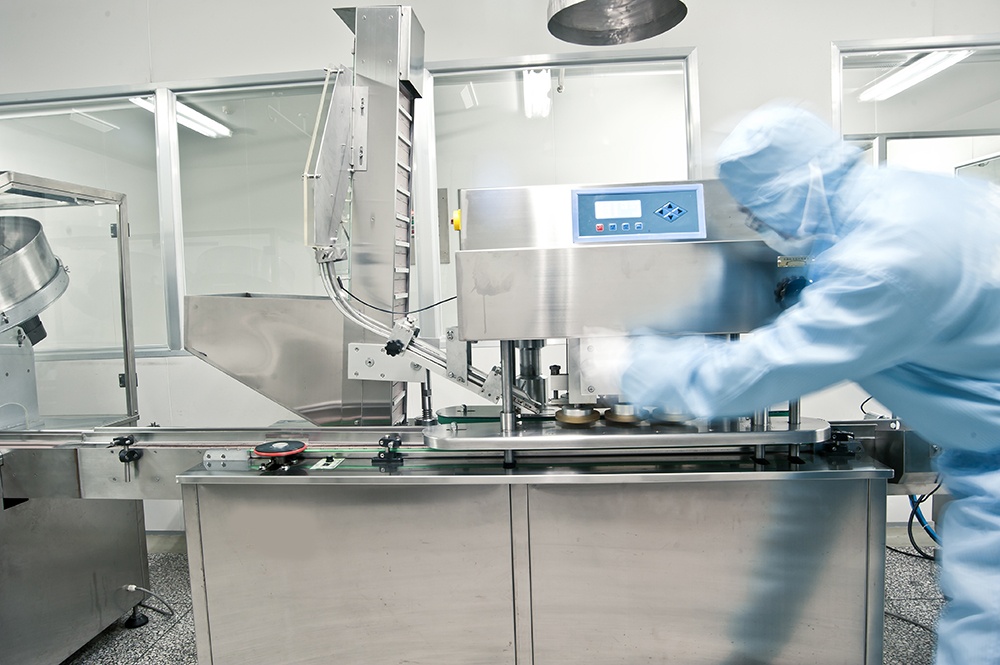
Lone workers can make up a substantial percentage of a workforce that operate in a lab or plant environment. Exposure to hazardous chemicals is an additional concern for those responsible for responding to accidents caused by lone worker hazards. Implementing a solid health and safety plan in this type of environment is of paramount importance.
Health and safety managers should be aware of strategies designed to minimise risk and enable quick response times in the event of an accident occurring. There are a number of factors to be aware of when it comes to identifying lone worker hazards in this particular environment. Identification of these particular hazards is the first step in constructing a reliable health and safety procedure for lone workers.
General Exposure to Chemicals
Most workers in a production environment that holds chemicals or pharmaceuticals can potentially be exposed to hazardous substances, regardless of their role. Although most companies that work with such substances are aware of the potential risks that staff are exposed to, there may be ways to improve or modernise the current procedures that are in place. This is particularly necessary for companies that employ lone workers, lone workers can easily be overlooked by companies that fail to identify them. Any individual that works alone for any period of time is classified a lone worker, even if they usually work alongside other employees. A lone worker may be an individual that has been asked to man a certain area of a plant or laboratory alone, even for a short period of time. In an environment where exposure to chemicals is a prominent issue, ensuring that the right procedures are in place (and adhered to), is essential.
Other Potential Hazards for Lone Workers
In addition to the exposure to dangerous substances, there are many other hazards in the workplace that should be considered when allowing an employee to work alone. This can include falling stock, anything that is likely to cause a trip or an employee to fall or be injured by machinery. Managers that are responsible for health and safety protocol in this type of environment are responsible for preventing injury caused by the hazards that can be found in many other work environments, as well as the hazards that are presented when employees are working with dangerous chemicals or pharmaceuticals. This means that further consideration is needed when planning solutions to prevent injury and ensuring that injuries or accidents can be reported efficiently and effectively.
Challenges for Lab Workers - Lone Worker Hazards
Lab technicians face further challenges in regard to lone working. Although technicians aren’t usually exposed to as much danger as those working in a chemical plant, there are still factors that should not be disregarded by those responsible for the safety management of lone workers. Many lab workers can spend long periods of time working alone, often without interaction from other employees. A lab worker may go an entire shift without coming into contact with any other colleagues, and this is where issues can occur.
Although lab workers may not be exposed to as much danger as other employees, they are still very much susceptible to injury. This can come in the form of lab equipment falling, spills from chemicals or leaking gasses, allergic reactions to a particular substance that may be new to the lab, or unexpected health emergencies. Although most hazards that are found in a work environment can be identified and an action plan can be made to prevent accident or injury as much as possible, an unexpected health emergency is difficult to prepare for. If an employee is taken ill, or sustains an injury in the laboratory, communication is often the only way for them to receive the help that they need. If a lone worker does not have access to some form of communication in these instances, the consequences can be life-threatening.
Health and Safety Planning for Environments that Employ Lone Lab Workers
There are several ways to ensure that lone workers in a laboratory setting are able to work safely, and alert others if they encounter any issues:
- Training - Regularly assessing the knowledge of staff in a lab environment is key to finding areas for improvement. All workers should have the necessary training that is needed to correctly and safely perform their role. Training is required for any staff member that is expected to work with dangerous chemicals or new machinery. Keeping a training log is a good way to make sure that all staff members are up-to-date with everything they need to know.
- Hazard Assessments - Identifying hazards is the main part in preventing accident or injury. In addition to the hazards discussed above, this means regularly maintaining equipment that is used in the lab, making sure that all stock is safely stored, and regularly checking all areas of the building that may cause injury or accidents to occur.
- Communication - Communication is the most important factor in making sure any staff member that has an accident in the workplace is able to receive help or treatment as quickly and efficiently as possible. For lone workers, this means that staff members should have access to lone worker safety devices and an application to distribute alerts to colleagues can respond quickly.
What Is a Lone Worker Safety Device?
Lone worker safety devices can come in several different forms to suit a range of different work environments. However, they all have the same purpose which is to trigger an alert that can be responded to as efficiently as possible. In a laboratory environment, workers may benefit from sensor triggered devices. These devices trigger an alert when the sensor detects that the worker is in a horizontal position. These are particularly useful in instances where a worker may be unconscious and unable to manually trigger an alert. Automated safety solutions are both cost effective and time efficient method of protecting staff. These solutions are significantly more effective than manual check-in calls using telephones, as they save both time and money. Furthermore, they eradicate any worry that an emergency response process will be interrupted as a result of human error, and prevent 'corner cutting' by anyone that is responsible for implementing any stage of a manual response process.





